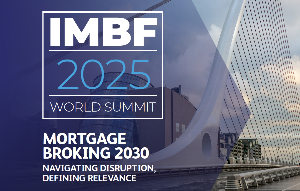
Although the OCR has dropped to 2.5% after a 0.50% cut, the RBNZ is far from signalling the end. It has kept the door open by saying: “The committee remains open to further reductions in the OCR.”
Kiwibank says the key word is “reductions”. “That little ‘s’ at the end makes all the difference,” New Zealand’s smallest bank of the main players says.
Chief economist Jarrod Kerr says in market speak the RBNZ has given itself optionality.
“Financial markets have caught on and started pricing in better odds of a move below 2.25%.
“As we’ve previously pointed out, we think there’s about a 50/50 chance of a further move to 2% in February. It will depend on how the data and recovery play out.”
Westpac is expecting that drop to be as early as next month. It is predicting a further 0.25% reduction when the RBNZ’s Monetary Policy Committee reviews to the OCR.
The bank says further cuts beyond November remain a possibility but it is not its base case.
Ahead of next month’s meeting the focus will be on the third quarter CPI and labour market reports and high frequency indicators covering spending, activity and the housing market, Kelly Eckhold, Westpac chief economist says.
Encouraging clients to keeping repayments high
As the housing market inches out of the doldrums, mortgages holders who can afford to keep up their existing level of repayments when their mortgages terms are refixed are being encouraged to do so.
FAMNZ managing director Peter White says keeping repayments at the higher rate will protect mortgage holders and give them a buffer when interest rates rise again.
“With lower repayments, many existing owners will have questions around possible refinancing options, and advisers should be prepared for these.”
White says advisers have a great opportunity to differentiate themselves from lenders by ensuring they provide the best advice and put customers’ interests first.
“We can go the extra mile by encouraging customers to call their bank first to ensure they receive the full rate cut, but we should also be ready to assist them to look elsewhere if that doesn’t happen.
“Mortgage advisers should be continually reminding customers of the advantages we offer, because our advice is based on their individual circumstances and goals.”
He says the message should be that mortgage advisers not only focus on what is best for their customers, but they have access to a wide range of products not available through traditional lenders.




